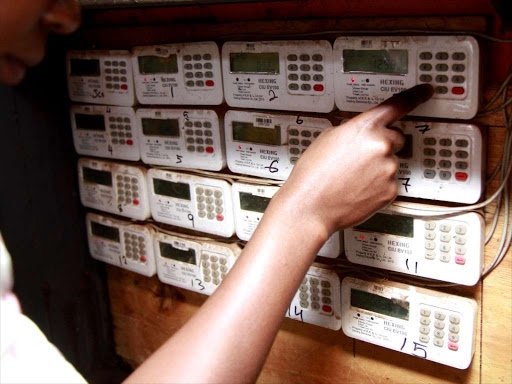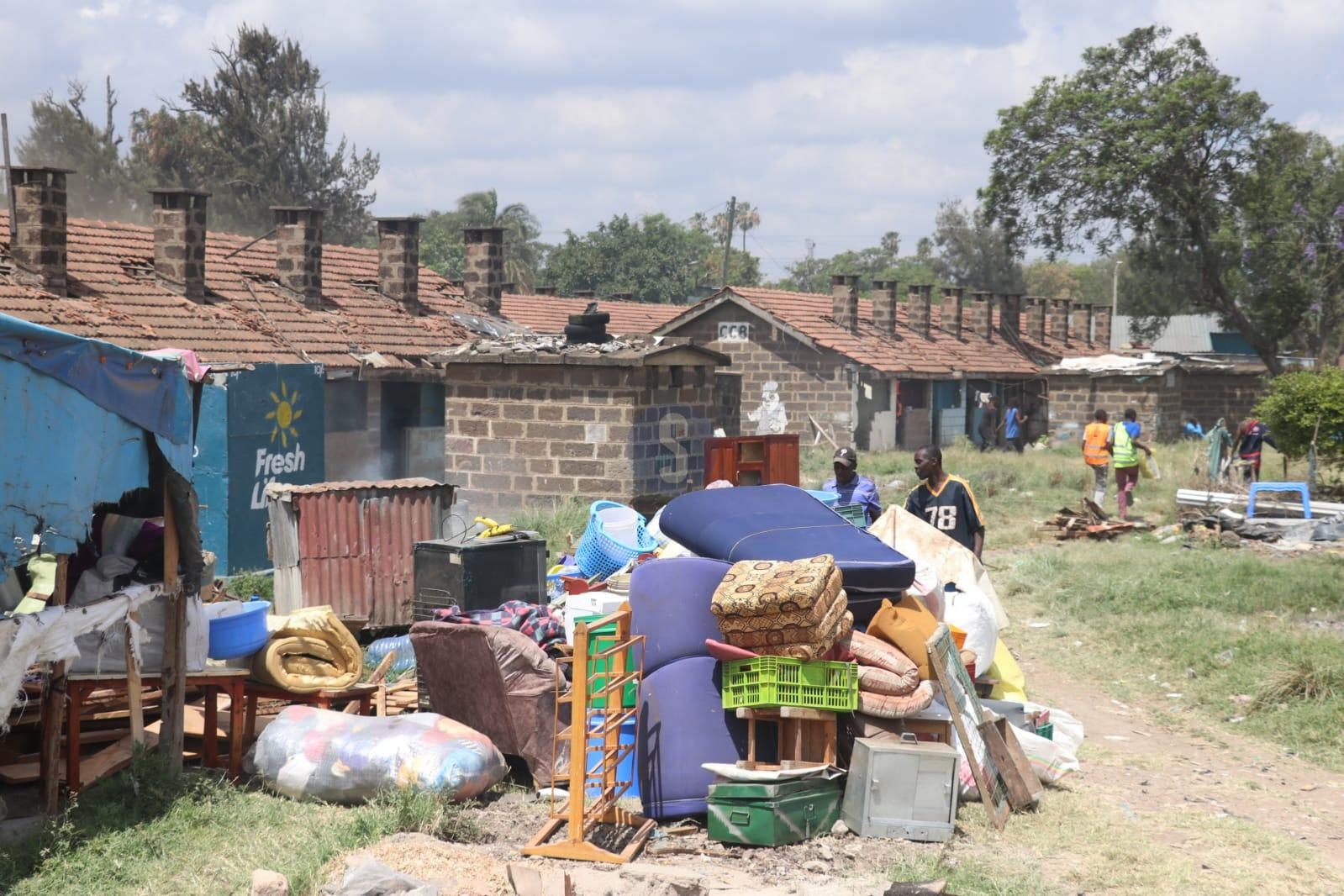 Haki ni Yetu Consortium members in Kwale County/Charles Mghenyi
Haki ni Yetu Consortium members in Kwale County/Charles Mghenyi
As Kenyan women continue to grapple with physical, sexual, psychological and economic violence, a new threat is compounding their suffering—technology.
What should make life easier is increasingly turning into a tool of terror. Technology-Facilitated Gender-Based Violence (TFGBV) is fast emerging as one of the country’s most alarming trends, leaving thousands of women traumatised, silenced and vulnerable.
Femicide—now one of the leading causes of violent deaths among women in Kenya—is increasingly linked to interactions that begin online.
According to the Haki Ni Yetu Consortium, one in three Kenyan women will experience physical or sexual violence in her lifetime. In 2024 alone, more than 100 women were killed, many of whom first met their attackers through social media or dating platforms.
With the anonymity of fake accounts, digital spaces have opened new avenues for predators to stalk, threaten, blackmail and manipulate women. The consortium warned that violence born online often escalates into real-world harm.
Inform Action field director Mweupe Khalfan said perpetrators routinely hide behind false identities or exploit loopholes in cybercrime laws, leaving victims without justice.
“We need stronger digital safety policies, rapid response mechanisms, improved reporting channels and survivor-centred support systems,” she said.
Khalfan warned that the slow response risks normalising an “invisible epidemic” evolving faster than the systems meant to stop it.
Every county should be equipped with modern forensic tools and officers trained to handle cyberstalking, digital blackmail and online harassment.
She urged government and law enforcement to fast-track TFGBV investigations through county-level digital forensic units capable of swift action.
“Technology companies must also take greater responsibility,” she added. “They must simplify reporting pathways and respond promptly to abuse. Profit alone cannot guide their decisions.”
Beyond government and tech firms, Khalfan emphasised the role of civil society. She urged community groups to scale up digital safety training for women, girls and youth—the most at-risk users.
“Such sessions empower communities to recognise red flags, report abuse early, and support survivors.”
Adults must create judgment-free spaces where young people can speak openly about online experiences, Khalfan said, reducing stigma and encouraging timely reporting. Additionally, youth must use their voices to counter online harassment and support targeted peers.
In Kwale, rights activist Sumeiyah Omar said the government must hasten the release and implementation of funds designated for GBV prevention and awareness.
She warned that state inaction has left women and girls dangerously exposed.
“Civil society is carrying the burden, yet donors are pulling out.”
Omar noted that survivors often fail to access justice due to weak, underfunded response systems—an injustice she said is compounded by rising child defilement cases, many involving victims as young as one year old.
“It is terrifying to watch children suffer while perpetrators walk free,” she said.
Girls for Girls officer Priscah Mongera echoed these concerns, noting that both online and physical GBV are devastating lives, especially in remote areas where police posts, rescue centres and legal support are scarce.
Mongera added that poverty forces many survivors to remain silent or abandon cases. Some perpetrators even escape across borders to Tanzania, leaving victims without closure.


















